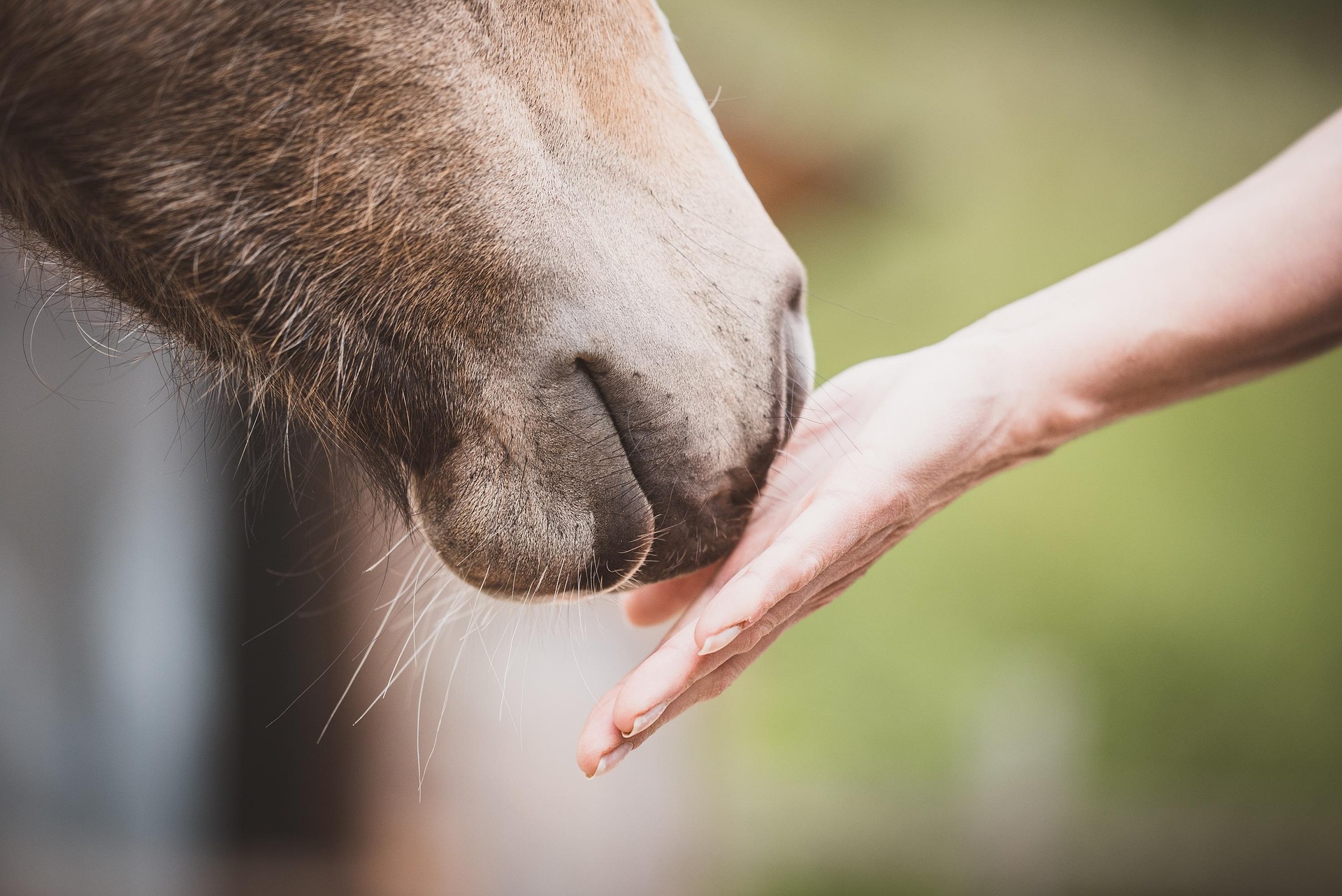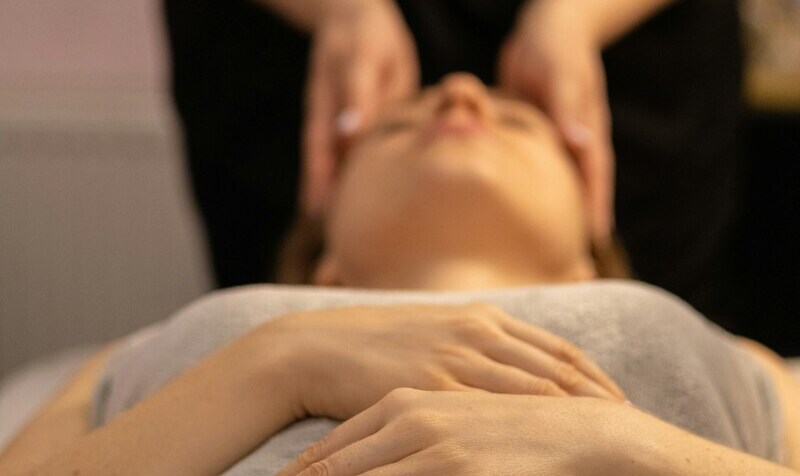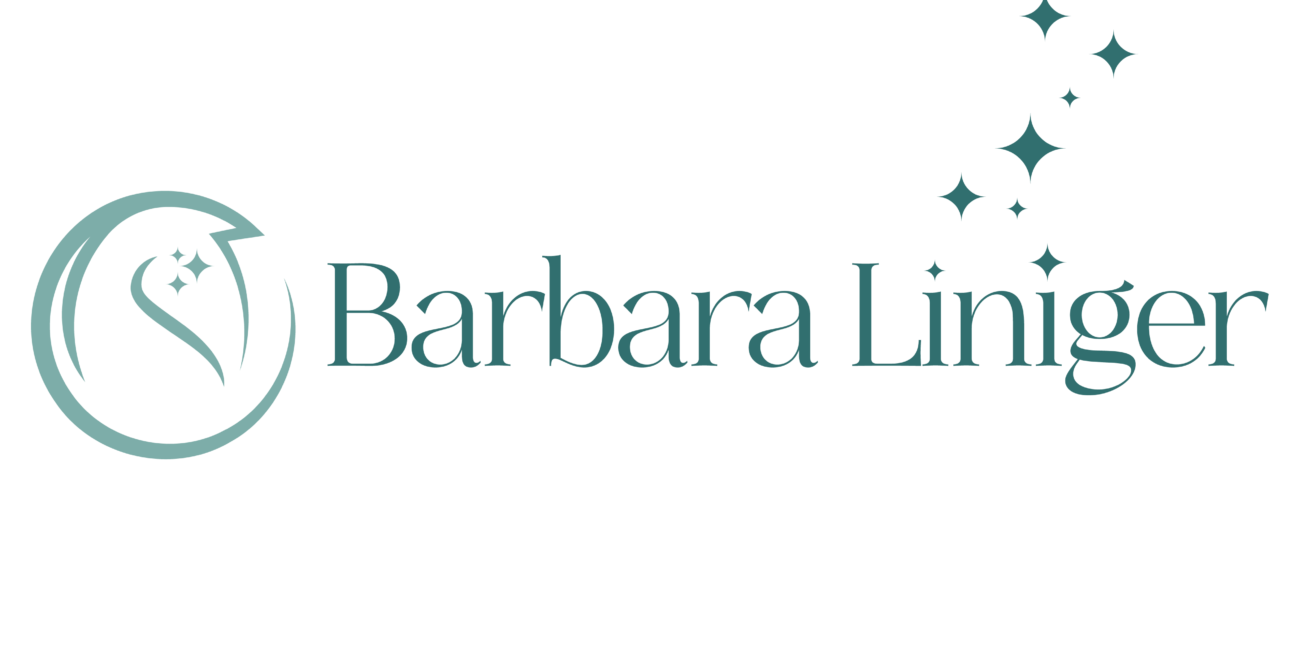Why Boundaries Strengthen the Human-Animal Connection
Boundaries have become a popular topic in recent years, and for good reason.
They are essential for healthy relationships, self-care, and personal growth. Boundaries define what we are comfortable with and how we allow others to treat us. People often struggle either with setting their own boundaries or respecting those of others without overstepping. Establishing clear boundaries fosters self-respect, self-worth, and protection for both our emotional and physical well-being.
At first glance, boundaries might seem to create distance. However, when you reflect on the concept, you realize that boundaries actually do the opposite—they build trust and strengthen relationships through mutual respect. When boundaries are honored, it creates a sense of safety, validation, and respect. Horses, for example, relax and become more receptive to healing when they feel that their concerns are acknowledged and their boundaries are respected.
Many YouTube videos offer guidance on setting healthy boundaries with pushy horses, often emphasizing consistency, clear communication, reinforcement, and follow-through. Some of the better ones also encourage self-awareness, highlighting how our own behavior influences a situation.
In my line of work, I focus on recognizing and honoring boundaries as the key to successful interactions. I respect physical boundaries when a horse does not want to be touched in a certain area. I acknowledge emotional boundaries when I sense fear or trauma. I honor energetic boundaries when a horse is highly sensitive and easily overwhelmed. I also respect mental boundaries by listening and observing without judgment or expectation, without imposing my own agenda. Some animals need more time to process and connect.
How to Set and Maintain Boundaries in Healing Work
- Tune In First – Before engaging, take a moment to sense the animal’s energy. Are they open and willing, or do they need space?
- Ask for Permission – Even in silence, energetically asking the animal for consent helps build trust.
- Respect “No” – If an animal refuses touch or interaction, don’t push. Work within their comfort zone.
- Regulate Your Own Energy – If you feel drained, overwhelmed, or overly eager, take a step back and ground yourself before continuing.
- Observe & Adapt – Adjust your techniques based on the animal’s responses rather than rigidly following a plan.
In working with animals, one quickly learns that deeper, lasting results come when they truly trust and relax. But respecting a horse’s boundaries also can enhance groundwork and riding performance.
Paying Attention to Subtle Cues
Recognizing the first signs of a “no” is not always easy. Today was my second time riding Shadow, a 7-year-old Half-Arabian. He is a very energetic and responsive horse. I was told that he often tosses his head and exhibits head-shaking, especially at the canter. As we walked, I noticed that when I asked for a left bend, he responded smoothly—first offering his ear, then his head, neck, and legs. He is highly sensitive, and even the slightest ask resulted in a sharp, fast turn to the left.
To the right, however, it was a different story. He braced, looked in the opposite direction, and struggled to turn his head properly. When I gently opened the right rein, he threw his head around and snorted, even though I was riding on completely loose reins. I think anyone would agree that I had already received a clear “no” at the walk—I didn’t need to ask for a canter to figure out what was going on. Unfortunately, many riders would have kept pushing, forcing their will onto the horse, expecting the head tossing to go away with more rigid guidance and practice.
Head-shaking is a complex topic that deserves its own discussion, but I am certain that many issues can be resolved when we learn to observe, recognize when to stop, when to investigate further, and when to respect a horse’s “NO.”
Still in the saddle, I asked Shadow for a lateral flexion in a standing position. I noticed that instead of bending, he tried to compensate by rotating his neck. Upon closer examination, I realized that his third, fourth, and fifth cervical vertebrae were moving as a single unit, preventing a smooth, subtle bend. It became clear that bending to the right was causing discomfort or even pain.
Lifting his mane, I observed that C4 was protruding more on the right side. I dismounted to assess his head and found very little space between the Occiput and the first Cervical Vertebra, along with tension in the temporomandibular joint. I then worked in the middle of the riding arena on his Atlanto-occipital (AO) joint, Tentorium, Hyoid, and C4, releasing some of the tension with an ear pull. He responded with licking and chewing and gave me multiple signs of release. Within 15 minutes, the head-shaking disappeared at the walk, his trot became more relaxed, and his neck bent more evenly to both sides.
When I checked with his owner after our ride, she confirmed that he had likely hurt himself by pulling back in the past—something most horses experience at some point. We will definitely need to address this issue further, but I wanted to share this experience to illustrate the importance of listening to non-verbal cues.
Becoming more attuned to your horse’s boundaries can lead to faster solutions and more effective healing. We should all learn to accept a “no” without pressure or taking it personally. Instead, we should inquire into the root cause of that response. If we fail to do so, horses may energetically withdraw or shut down emotionally in the long run.
A “NO” should become an invitation to pause, step back, and adjust our approach.
Remote Healing Sessions
The recent pandemic changed our daily routines and gave most of us the chance to reflect on our live
Animal Communication: Vibrations of Trust
Discover the profound world of animal communication and learn how to listen to the souls of animals.
How Manual Therapy Impacts Brain Health
The brain is the most complex and fascinating part of our body, still holding many undiscovered secr








